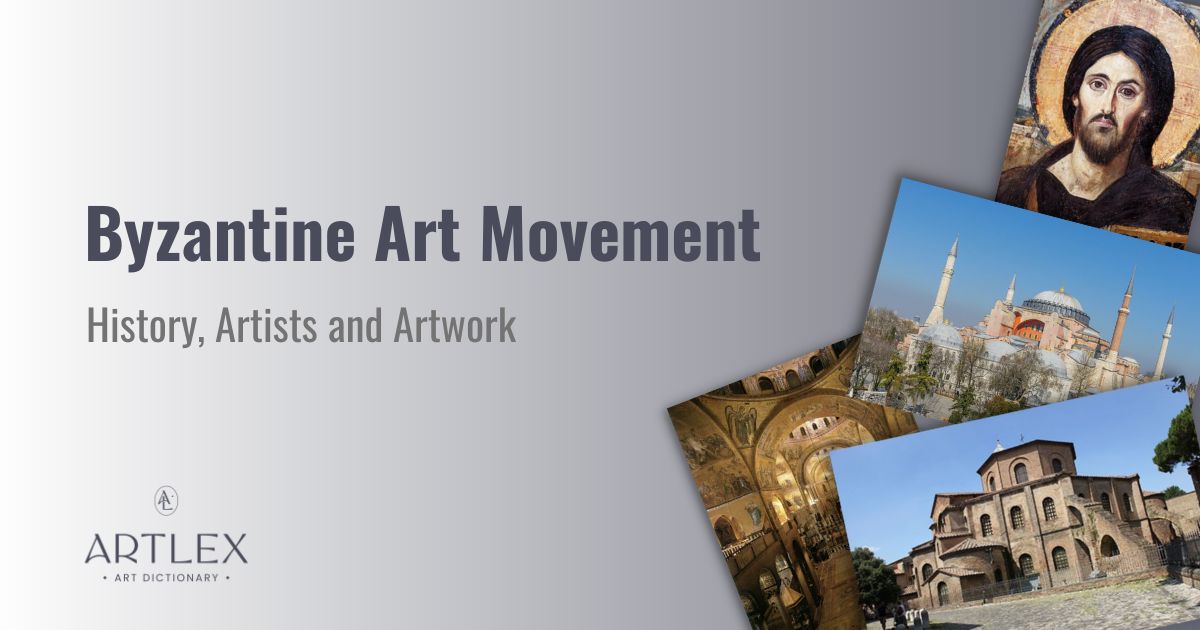What is Byzantine Art?
Byzantine Art refers to the artistic production from the Byzantine Empire, which lasted from the 4th to 15th century AD. Famed for its development of Early Christian art, Byzantine icons and models continue to influence religious artworks to this day. The artistic and architectural production of the Byzantine Empire is divided into Early, Middle, High, and Late periods.
The Byzantine era saw the crisis of Iconoclasm or the deliberate destruction of religious icons. The first Byzantine iconoclasm happened in the mid 8th century and the second in the early 9th century. This has affected the number of works that remain extant from this period.
Notable Byzantine Artworks
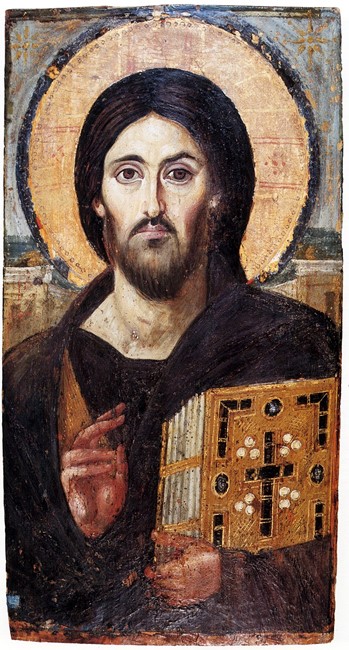
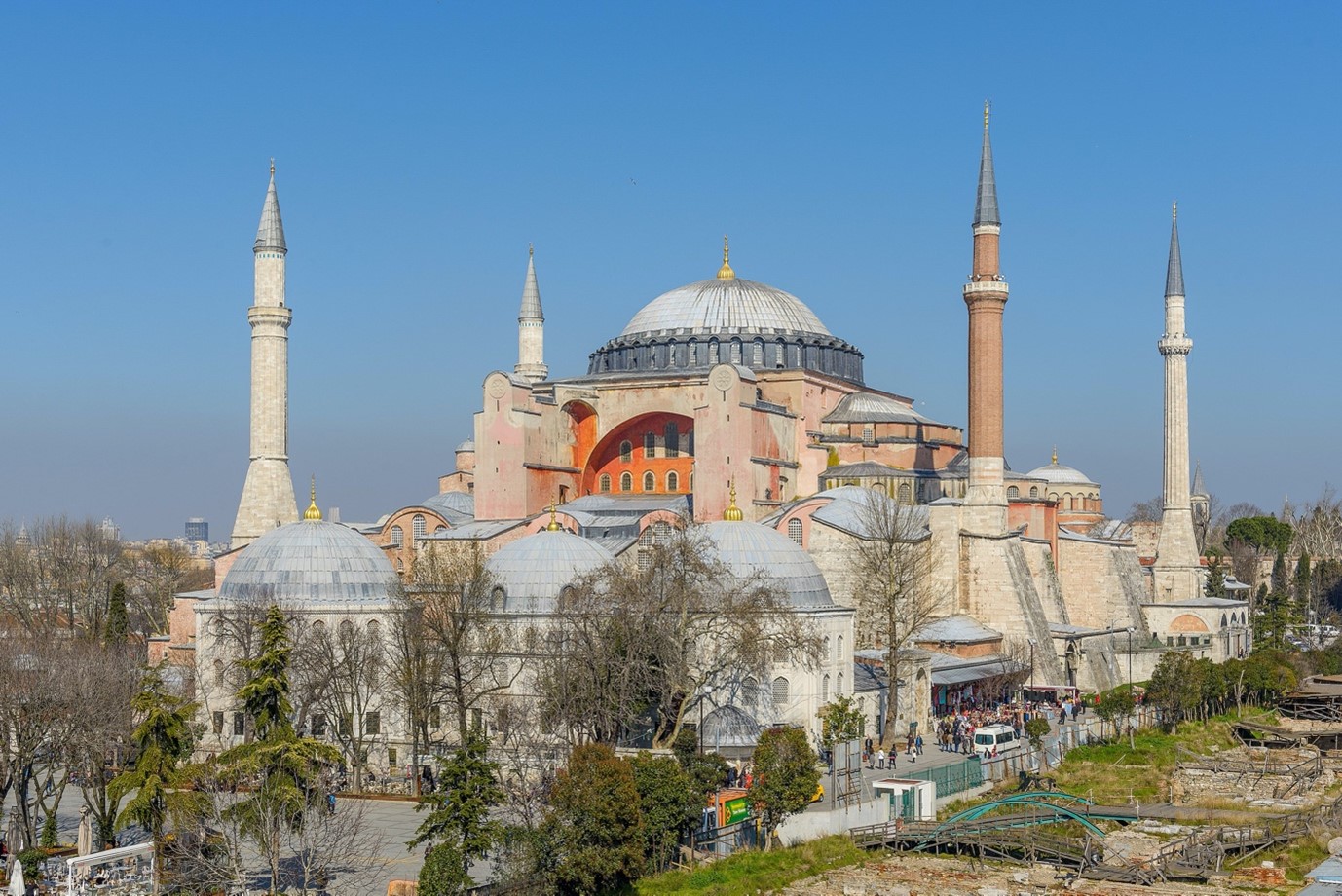
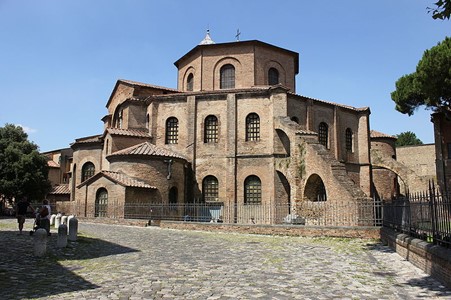
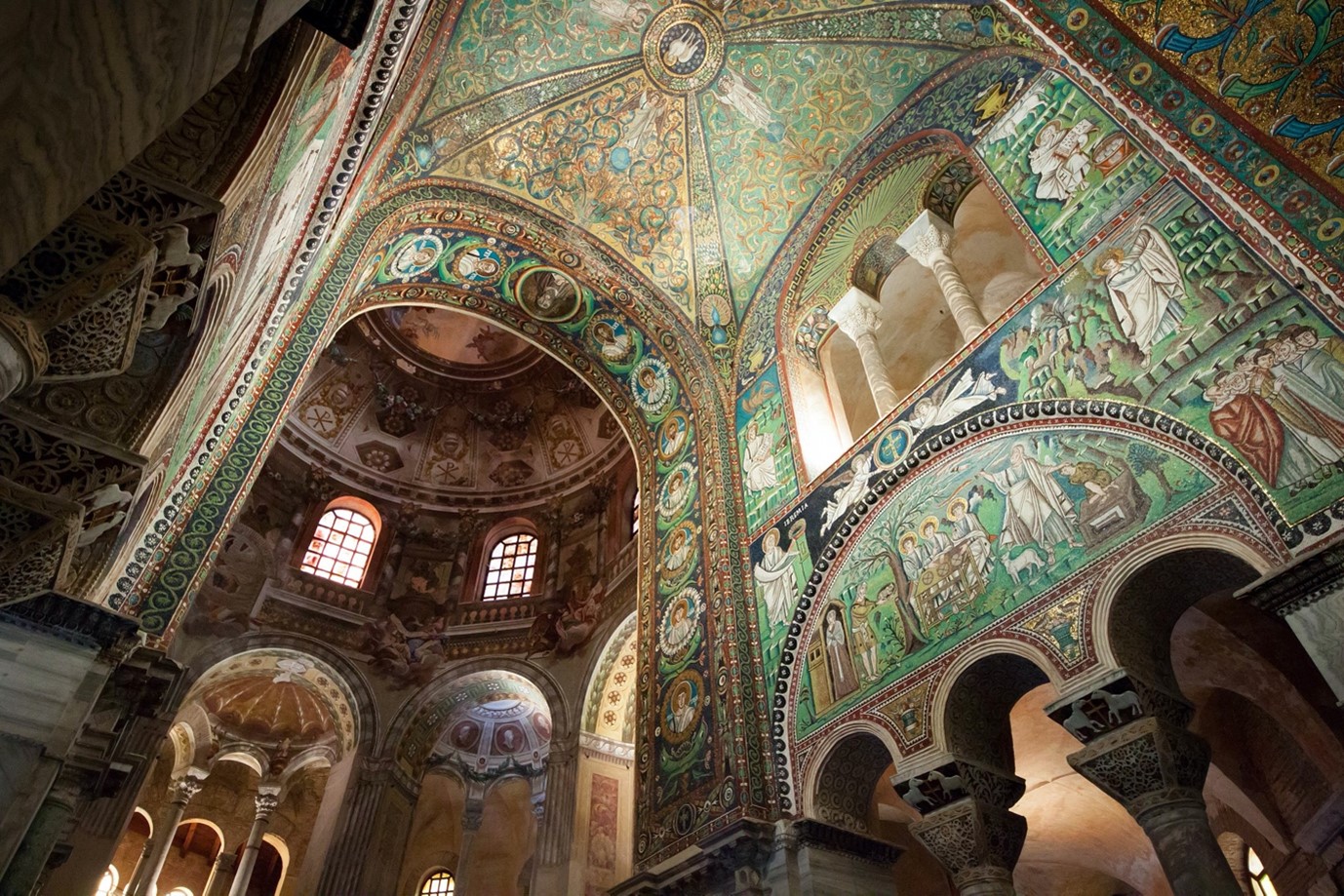
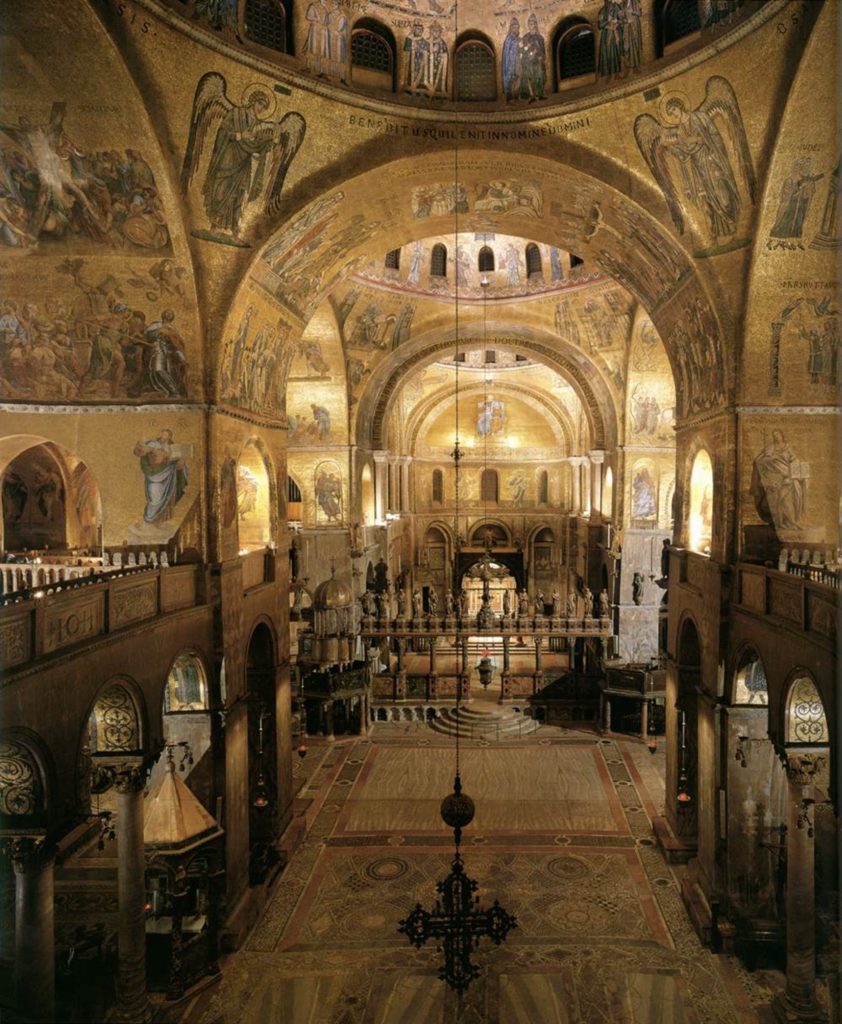
History of Byzantine Art
Many historians cite the Edict of Milan (the agreement in 313 AD) as the beginning of Byzantine art, as it legalised public Christian worship. The art of the Byzantine Empire moved away from the naturalism exhibited in the Classical period. Instead, it established rigid forms for religious expression as a way in which to instruct its primarily illiterate audience on how to live a moral, Christian life. Byzantine art developed many standards that would inform religious art for centuries, such as Christ Pantocrator, Theotokos, and the Virgin Hodegetria.
Byzantium reached its peak under Emperor Justinian I, as the most powerful state in Europe. During his reign, many important buildings across Europe were built, including Hagia Sophia in modern Istanbul and San Vitale in Ravenna. There was an establishment of architectural standards, including a heightened central dome that created a vast open space. Notably, the Hagia Sophia was the largest pendentive dome until the completion of St Peter’s Basilica.
Byzantine churches had lavish, mosaiced interiors. Mosaics remained a popular form of artistic expression throughout the Byzantine era. Though mosaic work existed in Greek and Roman art, Byzantine craftspeople made considerable technological advancements in the field. Compared to Classical examples, Byzantine mosaics prized symbolism over naturalism. Expensive materials, such as gilded tesserae, were used to depict spiritual glory and riches. The use of a gold ground also enabled the rendering of the unknowable, such as the beauty of heaven. During this time, there was also a high production of illuminated manuscript, ivories, and luxury metalwork.
After the Crisis of Iconoclasm, the Middle Byzantine era – from the 9th to the early 13th century – saw the reopening of educational institutes and continued promotion of the arts. Byzantine artistic forms were employed in other regions, notably in the Basilica San Marco mosaics in Venice. During the Sack of Constantinople in 1204, and the subsequent Latin occupation of the city, many important artworks were looted or destroyed including the remnants of the Library of Constantinople. In the Late period, from the 13th century onwards, there was a period of renewal, as the city sought to rebuild itself. Byzantine art began to follow the same artistic conventions seen across the continent, with the demise of the gilded ground in favour of more earthly settings.
Byzantine iconography remained relevant even after the fall of the Empire in the art produced in Greece and other Eastern Orthodox countries. Byzantine art also continued to have considerable influence on the art and identity of Venice. Traders travelled to Eastern ports and bringing back with them luxury goods for distribution further west.
Notable Byzantine Artists
In Byzantine art, it was rare for artists to sign their works. This is largely due to the practice of acheiropoieta – roughly translated to made without hands – where an image was believed to be miraculously created. This period also did not have the same kind of written history compared to earlier periods such as the Ancient Greeks, meaning there are few texts potentially naming makers.
Related Art Terms
- Icon
- Iconoclasm
- Illuminated Manuscript
- Mosaic
- Tesserae

